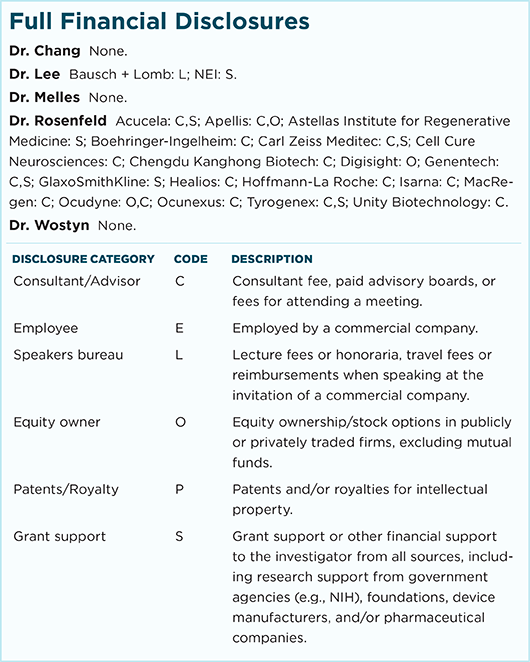Download PDF
A team of glaucoma researchers has proposed that a paravascular transport system exists in the eye and optic nerve—and that this pathway is likely continuous to a paravascular pathway in the brain known as the glymphatic system.1
Brain researchers have proposed that a disturbance of flow of cerebrospinal fluid (CSF) through paravascular pathways may contribute to the development of Alzheimer disease. Now Peter Wostyn, MD, and his colleagues suggest that a paravascular disruption between the eye and optic nerve may explain the pathogenesis of primary open-angle glaucoma (POAG). Their “glymphatic hypothesis of glaucoma” builds on research that acknowledges the collective contribution of vascular, biomechanical, and biochemical factors in the pathophysiology of POAG.
Building the hypothesis. The recently discovered glymphatic system is described as a network of paravascular pathways, or channels surrounding blood vessels, throughout the brain.2 As CSF circulates through the brain along these pathways, it clears away waste, including amyloid-ß, a hallmark protein in Alzheimer disease. The glymphatic system also distributes other compounds, such as glucose, lipids, growth factors, and amino acids.
“The ‘glymphatic hypothesis of glaucoma’ suggests that glaucoma might be the result of an imbalance between production and clearance of neurotoxins in the optic nerve due to a dysfunctional ocular glymphatic system,” said Dr. Wostyn, at PC Sint-Amandus in Beernem, Belgium.
“Our group has proposed that glaucoma may share a common glymphatic background with Alzheimer disease—and that glaucoma, just like Alzheimer disease, may occur when there is an imbalance between production and clearance of neurotoxins such as amyloid-ß,” Dr. Wostyn said.
Finding the pathway. In a postmortem study examining cross-sections of the human optic nerve, Dr. Wostyn’s group provided the first histological evidence for a paravascular pathway in the eye.3 Subsequently, others found evidence for CSF entry into the optic nerve via a glymphatic pathway.4
But further evidence is needed to support the existence of a glymphatic system in the optic nerve, Dr. Wostyn acknowledged. He added that, if the presence of this system is confirmed, “emerging imaging technologies may be used to reveal ocular glymphatic abnormalities associated with glaucoma.”
—Miriam Karmel
___________________________
1 Wostyn P et al. Biomed Res Int. 2017:5123148.
2 Iliff J et al. J Clin Invest. 2013;123(3):1299-1309.
3 Wostyn P et al. Clin Exp Ophthalmol. 2017;45(5):539-547.
4 Mathieu E. Invest Ophthalmol Vis Sci. 2017;58(11):4784-4791.
___________________________
Relevant financial disclosures—Dr. Wostyn: None.
For full disclosures and disclosure key, see below.

More from this month’s News in Review